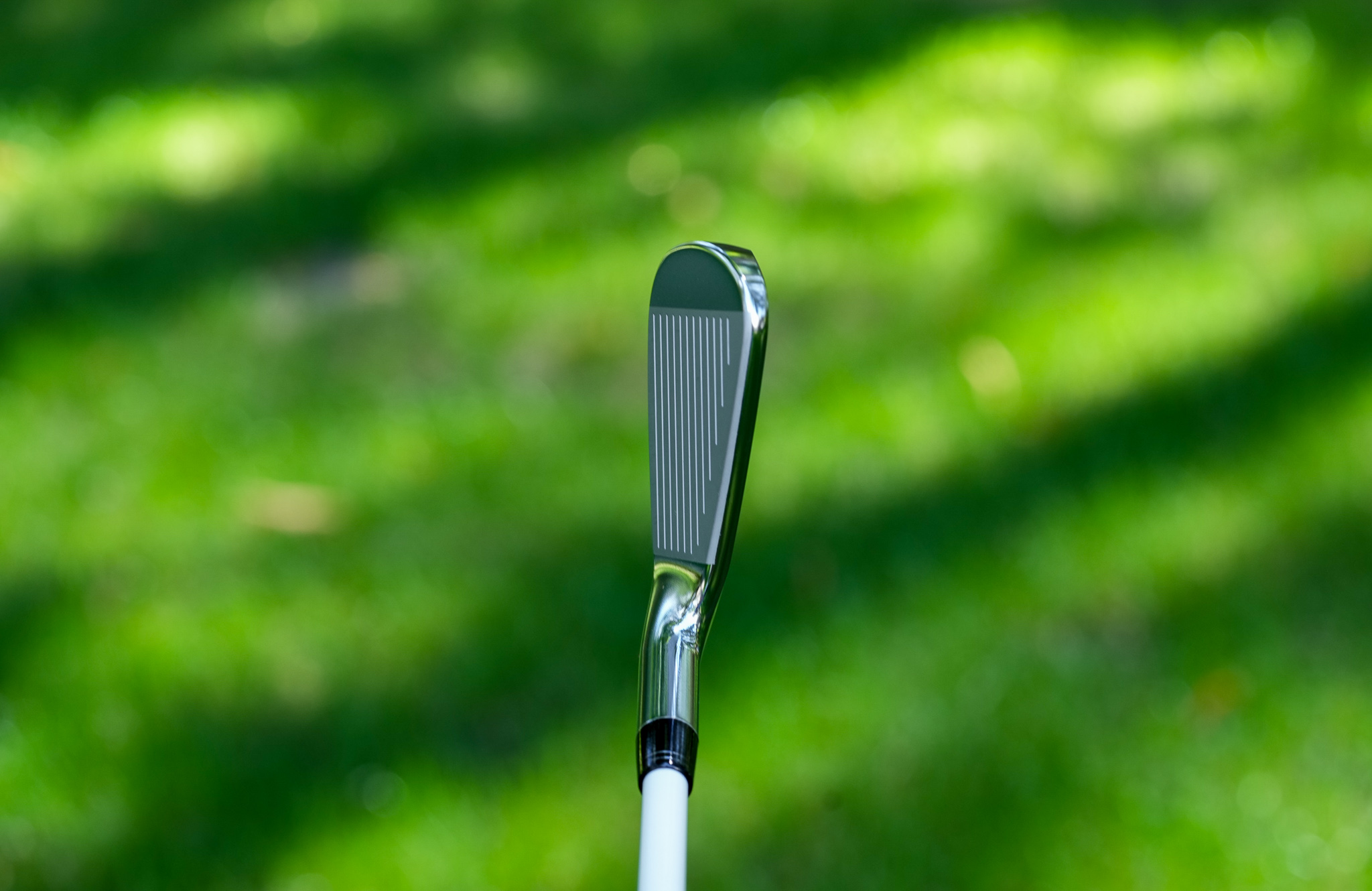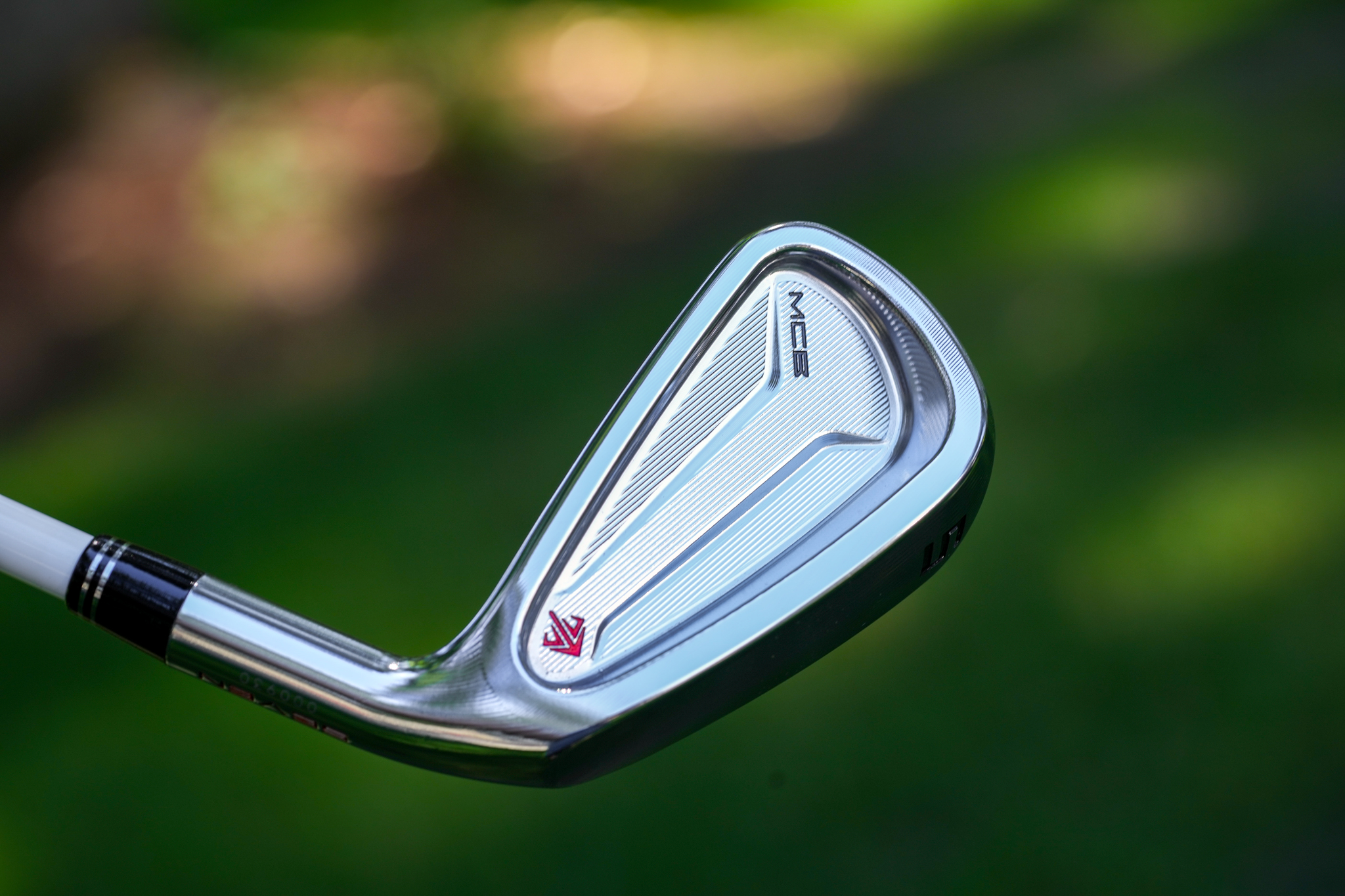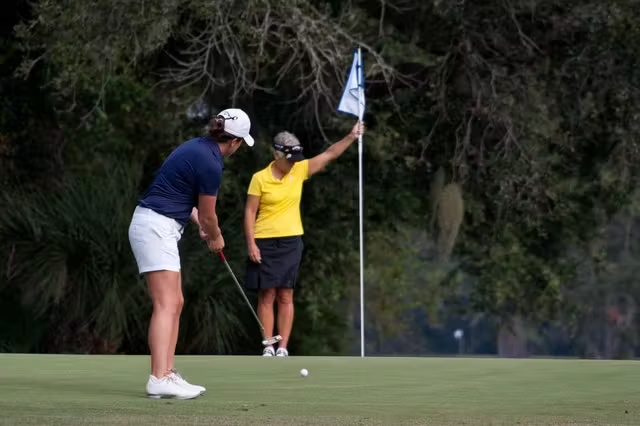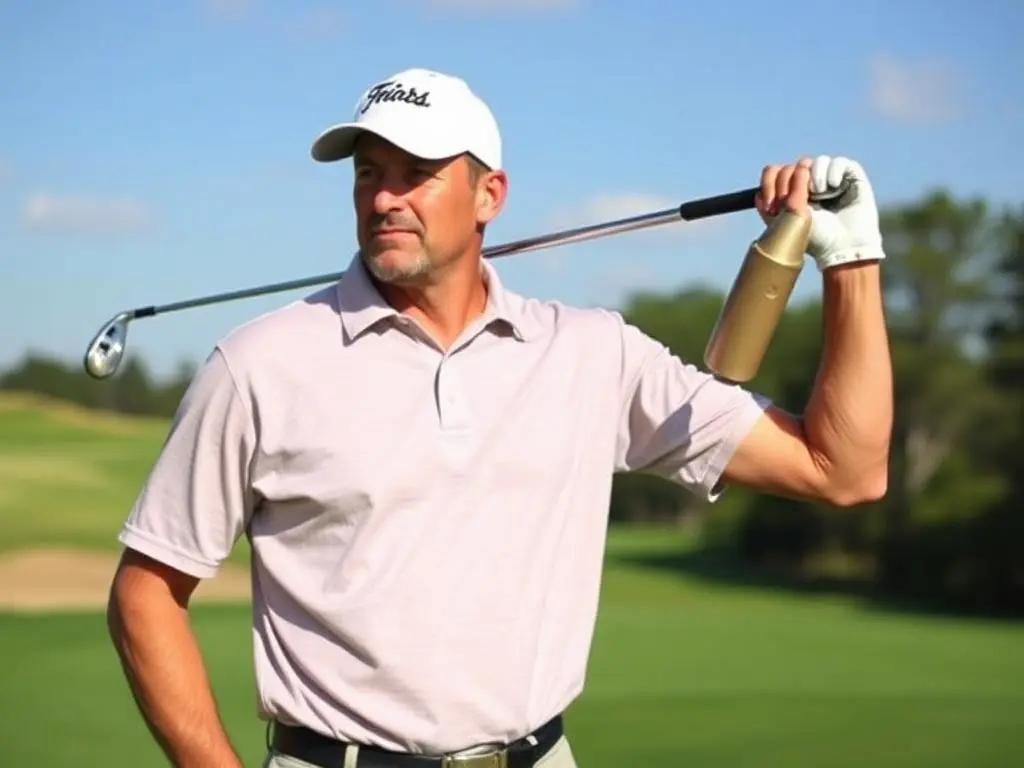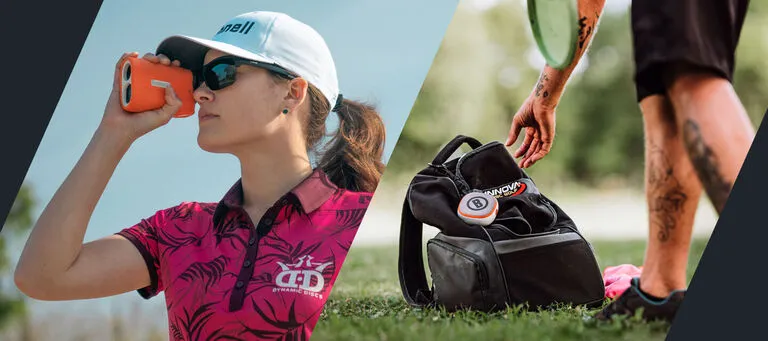As the owner of TSG, it would be an understatement to say that I’ve got a lot of golf clubs, not to mention new clubs arriving scrutinizingly daily. Recently, when the weather is good, I am on the undertow at least 3-4 days a week not only to play but to try new golf clubs and take photos of them.
These are my thoughts and opinions, and FULL DISCLAIMER: I moreover own SEVEN golf & KYOEI golf. I am unjust but for variegated reasons than you may think. I am hair-trigger of how clubs are made and marketed. As someone who has been and continues to visit the biggest, smallest, and weightier golf factories in the world, I have one of the most fulfilling jobs in the game. Those who know me well understand this madness. Click the Link to Read On…
Today I’m writing well-nigh the SEVEN MCB. To alimony things simple let’s start with the basics. The MCB is a single-piece forged deep incision iron. My recommended player type based on handicap is: professional to 20 hcp. It is ripened and made 100% in Japan and (FULL MILLED). It features less offset than most blades. And the MCB is the most forgiving iron that SEVEN golf makes.
I am fully enlightened that manufacturing irons in Japan and choosing Full Milled manufacturing prices SEVEN out of the market for the vast majority of players, but I finger I’m in a unique position to diamond and make the most precise highest quality irons misogynist to the player. Few others could get that washed-up expressly “made in Japan”, The golf market once has an ocean of brands producing myriad iterations of the same gear manufactured the same way and plane often side by side in the same factory. Not here and not with SEVEN.
All SEVEN full-milled irons are super expensive. The forging is washed-up by the giant untried Enomoto press, and these are arguably the weightier golf forging machines on earth. The forfeit for one SEVEN iron throne at the factory in Japan is USD$230. Let that sink in…$230 COST at the factory. Some OEMs pay less than $20 per throne for a single-piece forged throne complete. The SEVEN MCB retails at $650 per head, that’s $3900 5-PW. Another reason why they are so expensive is that only six sets are produced each month. For much of the year, there is a waitlist on most models.
We use Siemens NX Cad software, the same as Tesla, Ferrari, Apple, GM, and many others. The CNC milling machines by DMG MORI.
Full Milled is overkill and reserved for only the most taxing players on the planet. The only golfers on tour currently using or have used Full Milled Irons are Tiger Woods, Rory Mcllroy, and Dustin Johnson. Please, someone, correct me if you know otherwise; I can only go by the video Taylormade posted on youtube well-nigh the CNC manufacturing of Tigers Irons. However, In my opinion, they are still not as good as SEVEN’s manufacturing and design. Another trademark to dip their toes into the full milled iron segment is PXG they did release the 0311 ST Full Milled at $650 per club, although not made in Japan or the USA and not very attractive, in my opinion, that diamond doesn’t express the intricate effect that this manufacturing method can provide. When you squint at the level of quality, material, fit and finish of the SEVEN irons, they are on flipside level compared to both Tiger/Rory/DJ’s Taylormade irons and PXG’s full-milled iron.
I hope I was worldly-wise to convey to you how maniac SEVEN is. From Irons to wedges and putters I can unmistakably and proudly explain why and how the products are superior in so many ways.
The Goal: I wanted to make a trappy and the most forgiving single-piece forged iron.
The constraint is often the throne size, weight, and material. The main reason why multi-piece or multi-material clubs exist is so that the throne can be made larger at the same weight; Forged stat is dumbo and heavy while lighter materials indulge for a increasingly oversized head, The use of various steels or higher rebounding materials in the squatter and or soul helps proceeds loftiness forgiveness. There are unchangingly trade off’s. Single piece construction often looks and feels better. It sounds largest and is increasingly workable and accurate. The multi-piece is usually increasingly forgiving and straight with increasingly distance.
In the specimen of the MCBs, we got the CGs dialed in using progressive hosel lengths, shape, and internal incision design. The when incision is very DEEP and features a trappy wide tapered sole with optimal rounded camber.
I kept the top line thin; it’s well-nigh 1mm thicker than most blades but subconscious with some trick teardrop wham work. The offset is blade-like; in fact, we sought out the FP (face progression) measurement of many competitors’ irons, and strictly speaking, from a performance perspective, we should have given this iron increasingly offset than it currently has. That said, I know what’s sexy and offset, isn’t it. Should an iron this forgiving have a blade-like offset? We say YES!
When it came to shaping, We did lots of testing in all conditions as well as shape refinement in CAD. We 3D scanned the most trappy irons and took what worked and left what didn’t. Dozens of 3D printed samples were created to dial in the well-constructed throne shape and sole design. We zeroed in on a few key shapes to emphasize particular characteristics and re-tested them.
Shape affects performance significantly; It matters one of the most essential methods of moving weight. Some shapes and sole specs lend themselves to softer or firmer feedback during impact; players who want soft all over the squatter would prefer this style MCB shape, but some players (usually scratch to low cappers) want everything firm outside of the part-way struck for feedback on mishits, and that lends itself to a variegated shape. By using shape you can moreover diamond workability to some extent if all else is considered.
The MCB is the perfect soft. In unstipulated terms, I would describe it as less soft than a Mizuno, purer than an ENDO forging they both use Enomoto press), and hands largest finger than any Miura. It’s all very subjective, but I would describe it as if a KYOEI Forging and Mizuno had a baby. I hope that helps.
The predecessor to this iron was moreover full milled and featured a similar shape and profile. The two perform nearly identical, except the new model has a slightly deeper and lower CG. If you own the original SEVEN MCB, I would say there is little reason to upgrade unless you want to retire the original to a replacement position.
In this write-up, I’m sharing photos of the #5/#7/#PW. We have included the spec sheet unelevated that lists the lofts, throne weight, and squatter progression numbers. I did my weightier to include all the most important angles.
At the time of writing this post, we have 12 sets that just arrived which is two months’ worth of production. We had an unadvertised soft launch of 6 iron sets surpassing release for our most discerning clients. The set is only sold 5-PW and can be had as throne only or full-on custom built. The new MCB retails for $3900, and we expect them to go pretty quick. Thanks for reading!
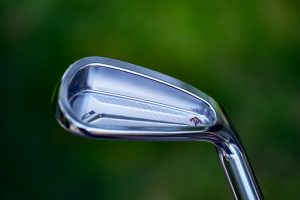
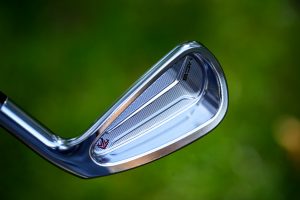
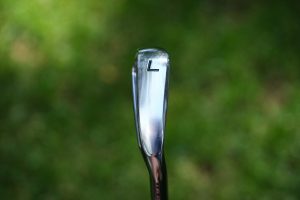
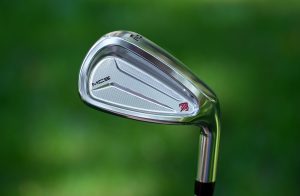
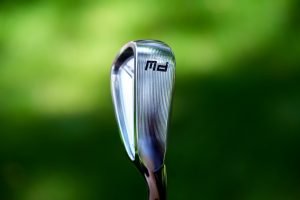
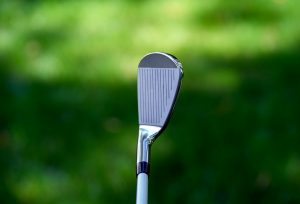
SPECIFICATION
| No | #5 | #6 | #7 | #8 | #9 | PW | |
| Loft ( ° ) | 27 | 30 | 34 | 38 | 42 | 47 | |
| Lie ( ° ) | 60.0 | 60.5 | 61.0 | 61.5 | 62.0 | 62.5 | |
| Bounce ( ° ) | 0 | 1 | 2 | 3 | 4 | 5 | |
| F.P ( mm ) | 4.5 | 5 | 5 | 5 | 5 | 5.5 | |
| FINAL WEIGHT ( g ) | 258 | 265 | 272 | 279 | 287 | 295 | |
The post In Hand Photos of the 2022 SEVEN MCB appeared first on TourSpecGolf Golf Blog.




